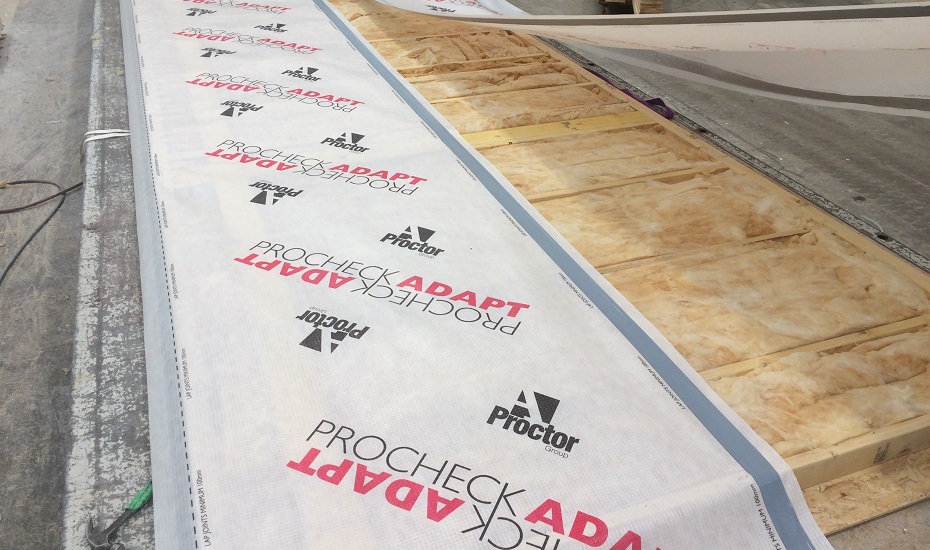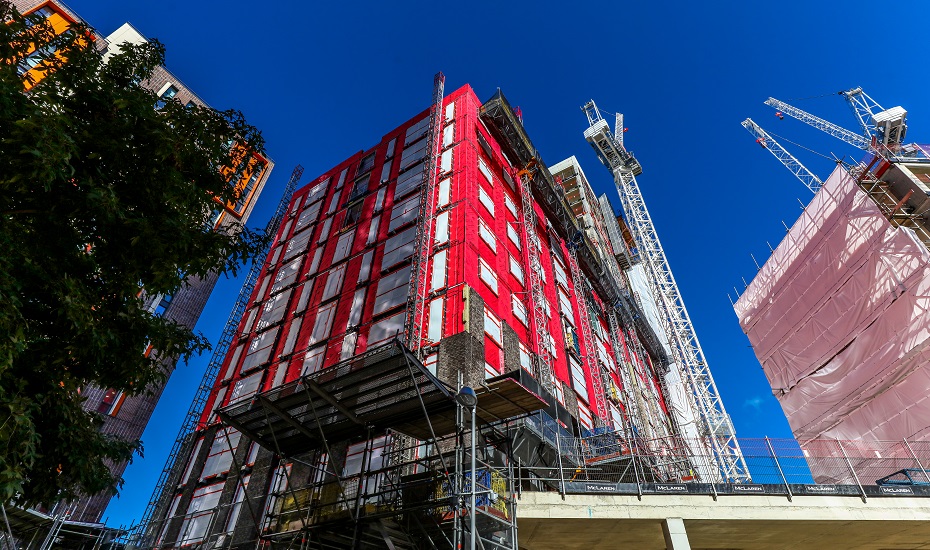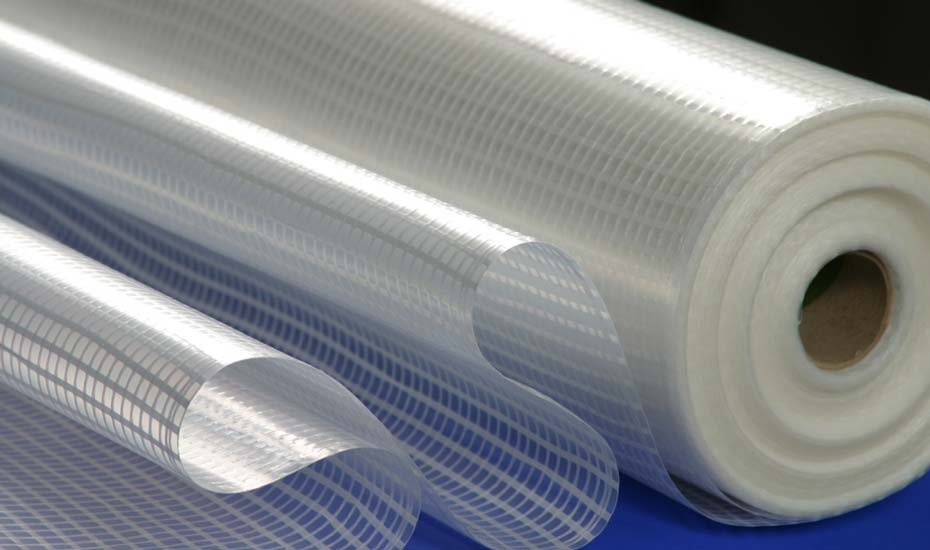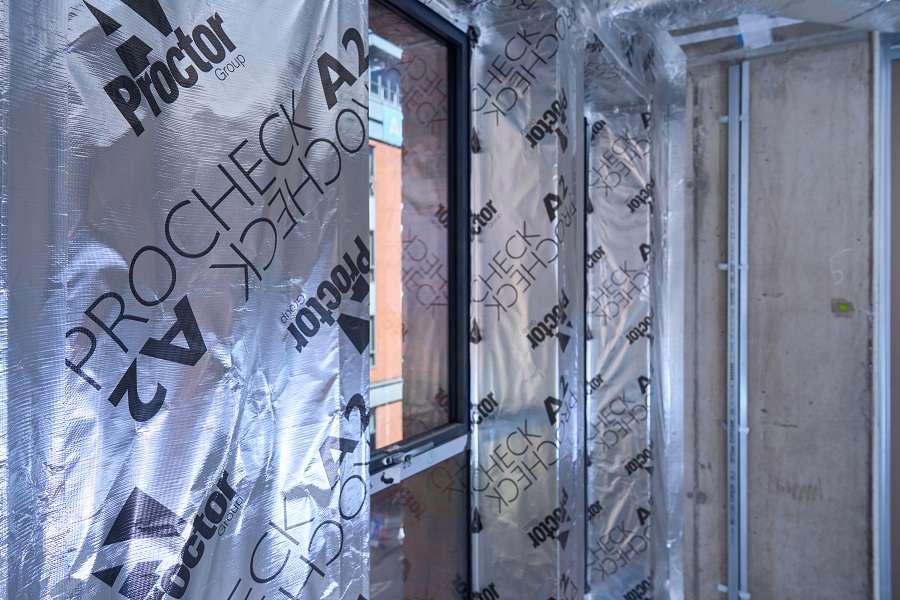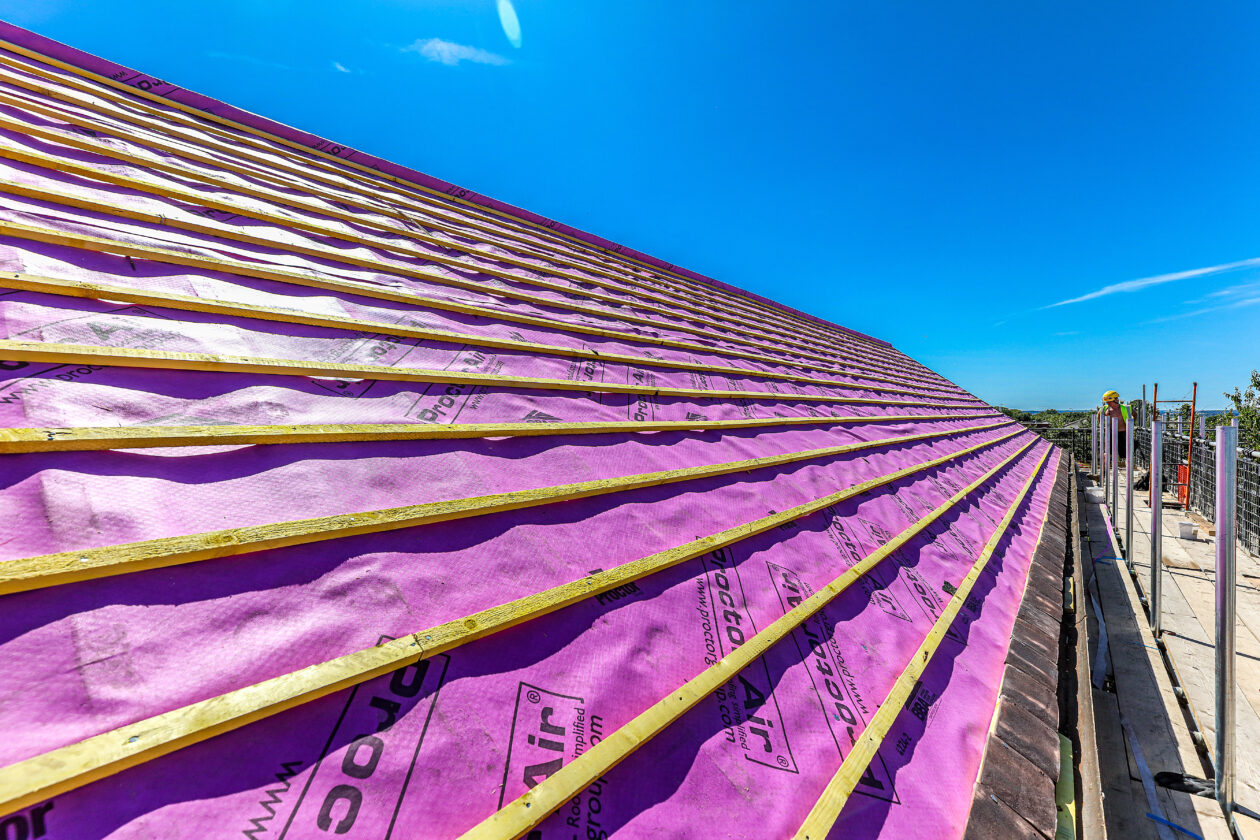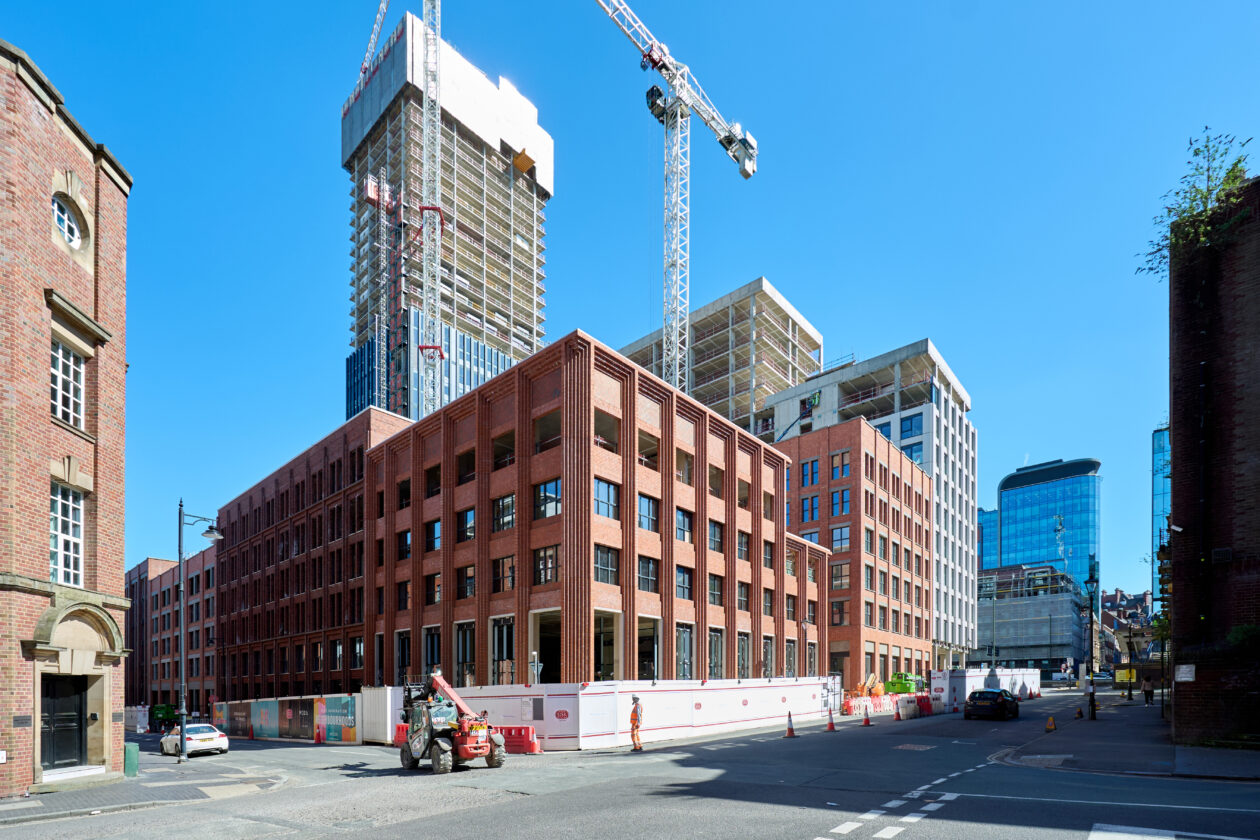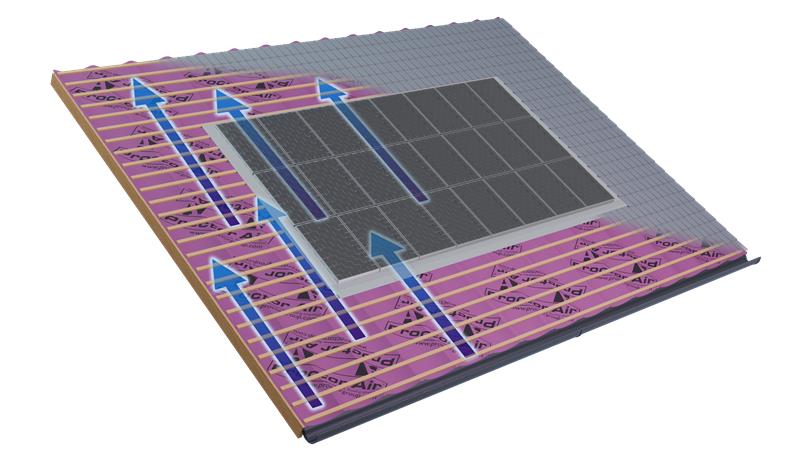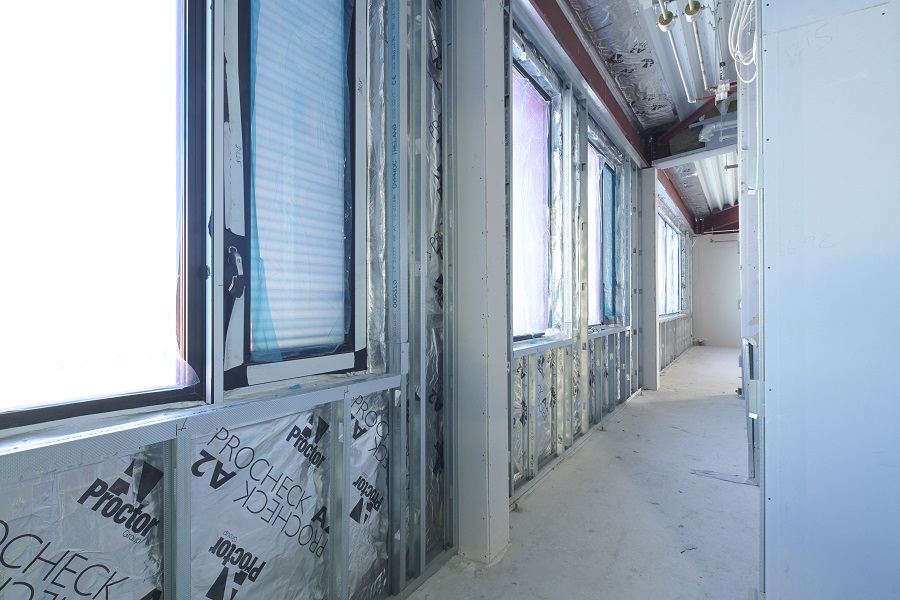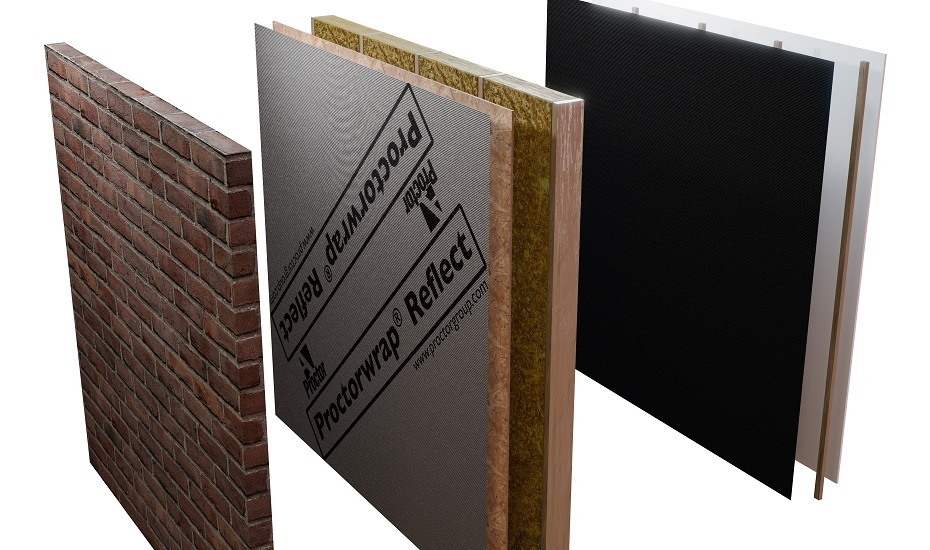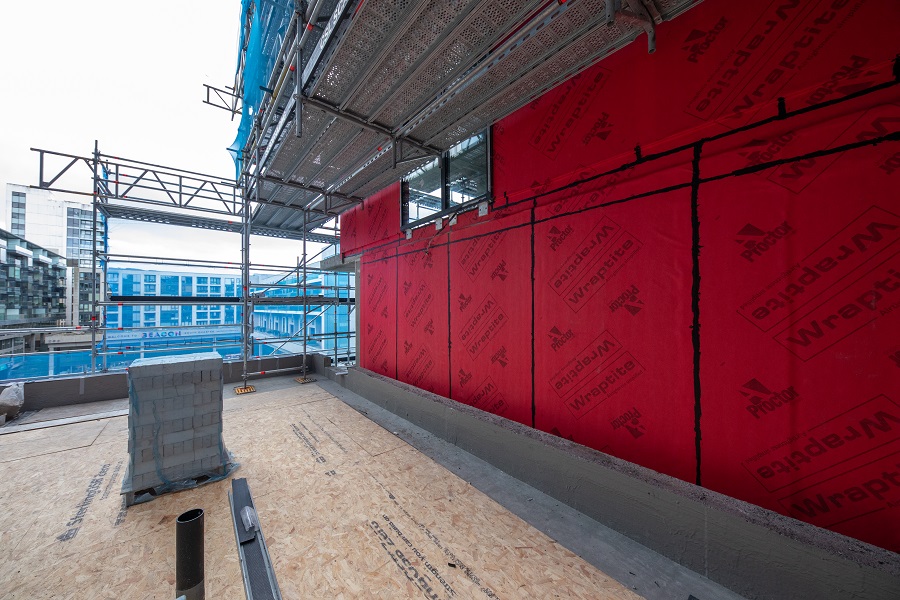What are the Main Benefits of Variable Membranes?
There are some constructions where a more permeable build up has a significant advantage over a non-permeable construction, for example, historic solid walls, especially in cases where internal wall insulation is added. Rather than just permeating outwards with the vapour drive, water can move through the walls using capillary action and is more affected by solar radiation. Materials in these constructions tend to be able to store much more water than lightweight ones. As there is bidirectional movement, there can be times when moisture is pushed inwards and can accumulate behind an impermeable layer. This is particularly prominent in summer months when there is greater solar radiation driving moisture inwards. In these instances, vapour permeability is advantageous as it allows a faster drying out.
While some internal wall insulation systems are vapour permeable, they do not allow for airtightness and do little to prevent the formation of condensation from the normal vapour drive. This condensation risk is greatest in winter when there is a greater differential between the internal and external temperatures, as well as the air being less able to hold moisture. During these colder months, permeable internal insulation systems can suffer interstitial condensation. Therefore, it is beneficial to design a system that works in this manner, often including hygrothermal simulation (WUFI). It is rare to consider airtightness unless a vapour-permeable airtight membrane (such as Wraptite®) is used in the construction. The ideal condition for these walls is to have an impermeable layer in winter and yet be fully vapour permeable in summer months to allow for additional drying of the masonry.
This calls for the use of vapour variable or intelligent membranes. The selection and installation of a membrane which has a high vapour resistance in the winter and increased permeability in the summer will result in a healthier building envelope. One membrane that is particularly suited to this type of application is Procheck® Adapt. This variable resistance intelligent Vapour control layer changes its vapour permeability based on the relative humidity and temperature, so it becomes more permeable in the summer months and more resistant in the colder winter months. Procheck Adapt has a very wide range of permeability, potentially opening up to 0.4 m (Sd) in summer months, almost as permeable as a breather membrane, and presents almost no barrier to the drying of water vapour into the room. Inversely, when the vapour pressure rises and the temperature drops, the pores in the membrane close, becoming much less permeable (90m Sd).
Vapour variable membranes are useful in other situations where some permeability is desired, especially moisture-sensitive constructions. This includes lightweight constructions, such as framed roofs and walls, CLT systems etc. It works well in constructions where the materials being used (with one of the main factors being the insulation) are vapour permeable or breathable. It is also worth noting that some materials, including some insulations and plasters, act as moisture buffers which can facilitate excellent management of moisture. Therefore, the inclusion of a variable membrane allows these materials to modulate their stored moisture more effectively.
Finally, one of the main benefits of variable membranes is allowing enhanced energy efficiency to the construction. Variable membranes, natural insulations and permeable constructions are very much at the forefront of energy efficient and especially Passivhaus designs. The A. Proctor Group provide a number of solutions that can be used in for these projects, including our Wraptite, Wraptite UV and Procheck Adapt. Both the Wraptite and Procheck Adapt membranes are certified Passivhaus airtightness components, providing very high levels of airtightness, especially when used in conjunction with one another.
Request a Sample
Technical Advice
CAD Detail Review
U-Value Calculation
Book a CPD
Specification Check
